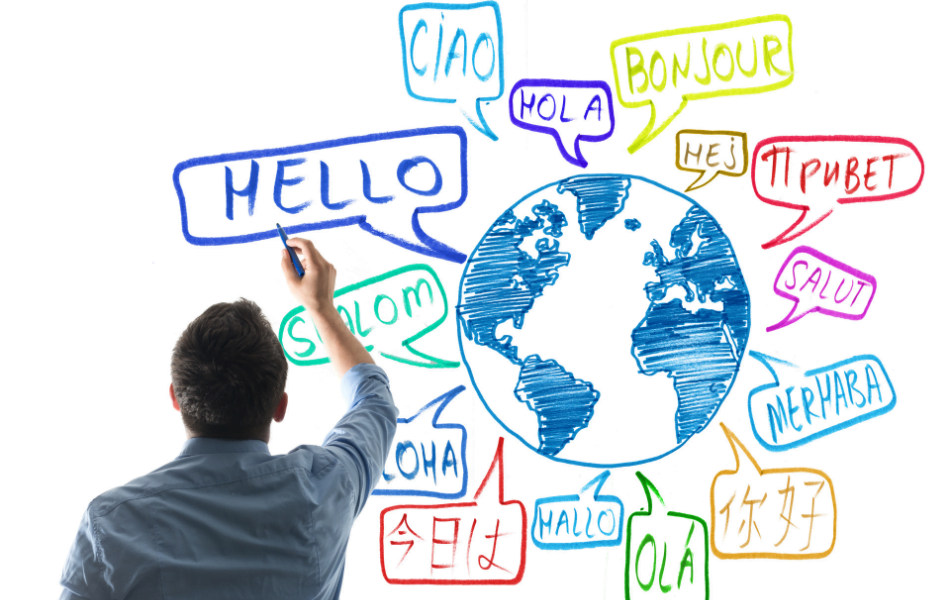Achieving success in collaboration with any service provider hinges on effective communication. And translation services are no exception. This guide aims to help you with practical insights on efficient communication with your translation partner, ensuring you get your desired results. We will explore the significance of selecting the ideal provider, maintaining clear and precise communication, offering context and resources, managing expectations, and reviewing and proofreading translations.

Choosing the Perfect Translation Partner
When seeking a translation partner, there are several factors to consider.
- Select a partner who has a proven track record to ensure that they will be available for future needs.
- Know the location of the translation provider and if they use local translators. This is because having a translator available on call can be helpful in situations where technical terms need to be clarified quickly.
- Your translator’s experience, linguistic expertise, and industry exposure are equally important.
- Some providers may hire offshore translators to reduce costs; this could result in low-quality translations that lack comprehension of Australian English and culture.
At Chin, we prioritise investing in our team and hiring locally. Our clients value the luxury of communicating directly with their translator and even visiting our office if required. If you carefully evaluate and select a reliable translation partner, you can increase your confidence in achieving the desired outcome.
Crystal-Clear and Concise Communication
After selecting a translation partner, it’s essential to communicate your needs and requirements clearly. For example, if you require a translated advertisement with legal approval, be sure to let your translator know. This will influence the translator’s approach to the task. Instead of being overly creative and adapting the translation to make it equally appealing in the target language, the translator may need to adhere more closely to the original English for legal reasons. This may also prompt the translator to ask if you need a back translation, which is a requirement for import/export and government translations. This is why it is essential to understand your processes. It’s also important to think about your target audience when translating. Will the translation be for the Australian Chinese or migrant community, or will it be used internationally? In such cases, the translation may need adjustment to use the appropriate colloquial language. This is a common case with Arabic, Chinese, and Spanish, which are spoken in various countries. That is why we believe it is crucial to engage in these conversations from the beginning to manage expectations and deliver based on your requirements.

Providing Context and Resources
To support your translation partner, it is helpful to supply them with reference resources. Sharing previous translations can help maintain consistency and avoid undesired wording. If you have any established glossaries for industry terms, sharing them will also contribute to consistency. Additionally, it would be beneficial to include the contact details of the English copywriter or final approver, as there may be instances where interpretation of the English content is necessary. Access to the original artwork is necessary for marketing materials, as translations may need adjustments based on their placement on the page. European and Middle-Eastern languages like Russian and Arabic are notorious for this. Sharing your artwork lets the provider typeset the translation into design programs like InDesign, Canva, or Photoshop. This task involves more than just copying and pasting. It also involves adding proper sentence breaks and selecting the appropriate font. Make sure that your provider offers this service to ensure the best results.
Setting Realistic Expectations
To have a successful partnership with your translation provider, it’s important to set achievable expectations. This includes setting realistic deadlines and milestones, which motivates your provider to meet and exceed your expectations. It’s also courteous to communicate potential delays as soon as possible and adjust everyone’s deadlines accordingly. If your delays cause the translators to be allocated to other tasks, it may be challenging to get them back. Considering these factors ensures everyone involved in the translation project remains happy.
The Power of Reviewing and Proofreading
The last step in translating is reviewing and proofreading, which is necessary to make sure the final result meets your expectations. When providing feedback, highlight any suggestions with your recommended changes. This will help the translator understand why the changes are necessary and provide guidance if needed.

At Chin, we value client feedback, and we’re always ready to make necessary adjustments and offer professional advice. Feel free to contact us for any of your multilingual translation needs. Be it a marketing brochure, legal contract, or specialised industry report, we are here, ready to help.

